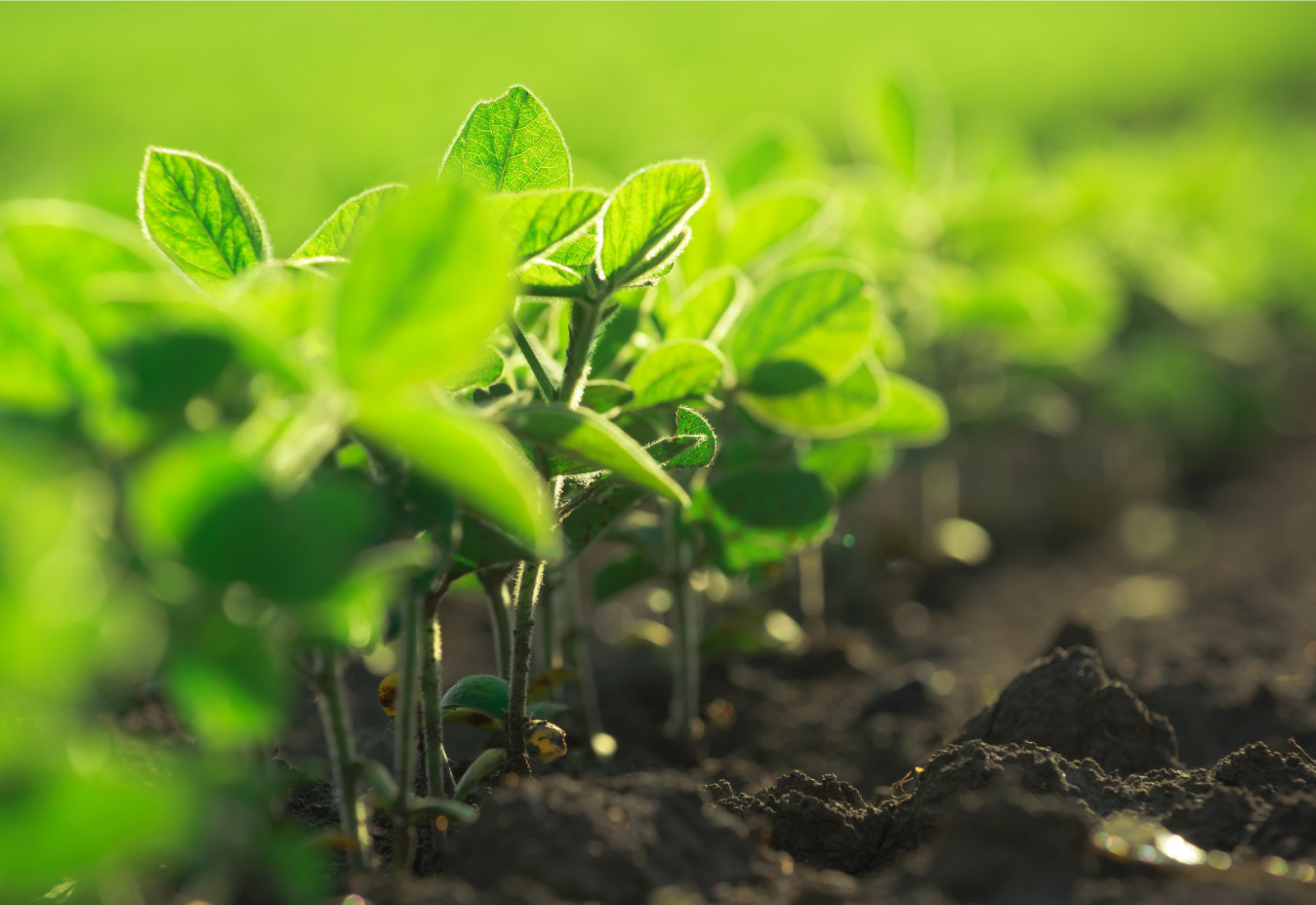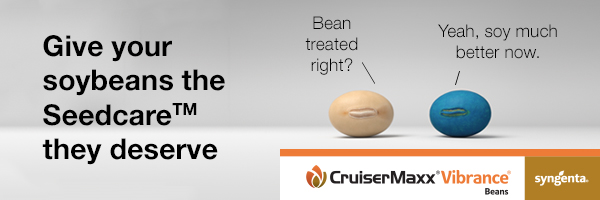Inoculants: Avoid Them at Your Peril

By Geoff Geddes
Rain, rain go away. That’s not something you’d hear a soybean farmer say. Weather is a key factor in achieving big soybean yields, but it is not the only factor. Variety selection, proper rotation, fertility, field management and inoculation are all important. So why do some farmers feel inoculation is optional? Understanding what inoculants are, how they work, and why they matter will get more growers consistently applying them and reaping the rewards.
An inoculant is a strain of bacteria (rhizobium) that initiates nodulation for soybeans, a critical process for survival.
“Nodulation is crucial to soybean plants, as that’s how they create their own nitrogen and sustain themselves,” says Harry Davies, Production Manager for NorthStar Genetics.
Help me, help you
Like any good partnership, the interaction of plant and nodule is based on mutual need and benefit.
“It’s really a symbiotic relationship where the plant absorbs atmospheric nitrogen to feed the nodules, which then convert it to usable nitrogen for the plant,” says Jules Catellier, Soybean Weed Care Specialist for BASF.
The most common formulation of inoculant is a liquid that is applied to the seed just prior to planting, but there are also peat and granular options, and often some combination of the three is recommended.
“The peat formulation is sometimes added to the seed before planting as well; however, it’s harder to work with and have it properly spread over the seed,” says Davies. “The granular version can be placed in the ground, as can liquid inoculants with the proper equipment.”
Growers are advised to inoculate both the seed and the furrow to ensure the highest concentration of rhizobium in and around the seed. Rhizobia are living organisms that need oxygen; consequently, extreme drought or moisture, producing heavily saturated soil after planting, can cause significant rhizobium mortality. By making the inoculant easily accessible, farmers stand the greatest chance of producing a highly nodulated crop.
“The rhizobium needed by soybeans doesn’t occur naturally in the soil in Western Canada, so for growers planting soybeans for the first or second time, it is really important that they double inoculate, both the seed and furrow, for greatest success,” says Davies.
Take it or leave it
Though the workings of inoculants are complex, choosing one for your soybeans is relatively easy.
“Only one strain of rhizobium – Bradyrhizobium japonicum – will work with soybeans in Western Canada, and you can’t use inoculants intended for other crops like peas,” says Catellier. “The only difference in products available to farmers is any extra technology within the bacteria like growth promotants or extra hormones.”
Of course, even if you select the proper inoculant and plan to apply it properly, there’s another step that requires vigilance. Growers must be careful how they handle the inoculant, as it is delicate material. It should be stored in a cool, dry environment and not be exposed to extreme heat or direct sunlight.

“Handling is an area where new growers in particular should exercise caution,” says Catellier. “With the granular form, even stacking one pallet on top of another can cause issues. This is not a bag of fertilizer that can be thrown around and left in the back of a pickup; it’s a live organism, and you should be very conscious of that.”
For farmers who think it all sounds too involved and that perhaps they can skip this step, experts have a simple response: you can’t.
“Without inoculants, we would never have been successful in establishing soybean crops in Western Canada,” says Catellier. “There’s a common misconception down east that soybeans don’t need nitrogen, but all plants require it for cell development, growth, and reproductive capacity.”
A grower who considers reducing the inoculant load and only treating the seed, but not the furrow, may be in for a rude awakening. Insufficient nodulation will negatively affect the final yield, and by the time you notice something wrong in the field that requires intervention, it’s too late to go in with a fertilizer and rescue the crop.
“I have seen crops that were not inoculated correctly versus ones that were, and, in some cases, the difference was 10-15 bu/acre,” says Davies. “If you grow a 40-bushel crop of soybeans it requires 5 lbs of nitrogen per bushel grown, so it works out to 200 lbs of nitrogen. The difference in cost between artificially adding that to the soil versus inoculating the ground and seed is tremendous. Inoculants offer one of the highest returns on investment that any grower will see on farm.”


